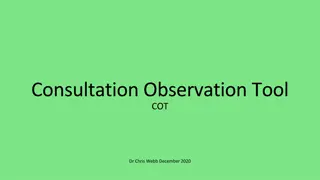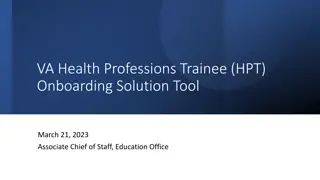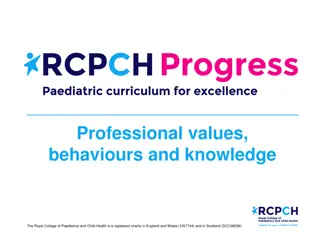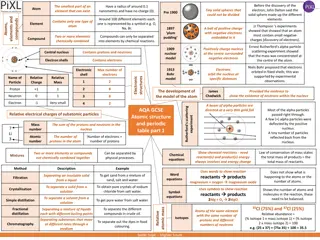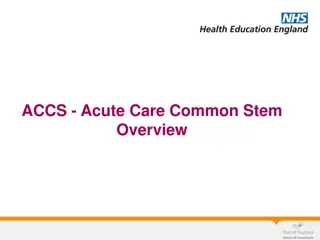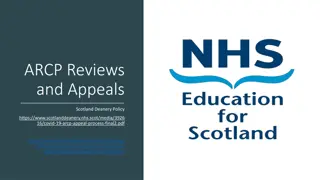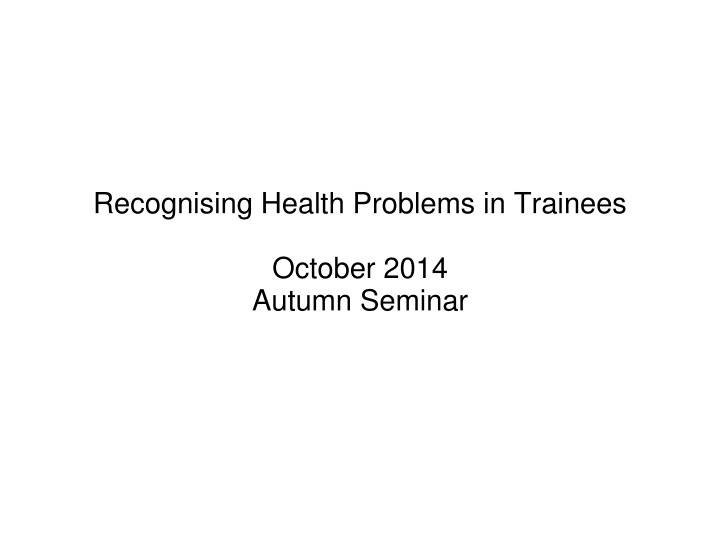
Recognising Health Problems in Trainees: Insights and Statistics
Gain valuable insights into health problems among trainees, with statistics revealing addiction rates, substance misuse, and impacts on medical practice. Discover warning signs and factors affecting disclosure, along with specialty breakdowns from the GMC. Understand the implications for future careers and patient care.
Download Presentation

Please find below an Image/Link to download the presentation.
The content on the website is provided AS IS for your information and personal use only. It may not be sold, licensed, or shared on other websites without obtaining consent from the author. If you encounter any issues during the download, it is possible that the publisher has removed the file from their server.
You are allowed to download the files provided on this website for personal or commercial use, subject to the condition that they are used lawfully. All files are the property of their respective owners.
The content on the website is provided AS IS for your information and personal use only. It may not be sold, licensed, or shared on other websites without obtaining consent from the author.
E N D
Presentation Transcript
Recognising Health Problems in Trainees October 2014 Autumn Seminar
Approx 10% incidence addiction to drugs and alcohol in general population Estimated 10-12% level in doctors (postal surveys, so could be under reported)
A 1998 study of junior doctors in Newcastle-upon-Tyne reported that: 60% exceeded the recommended safe limits for alcohol consumption 36% of males and 20% of females used cannabis 13% of males and 10% of females used other illicit drugs
A BMA Working Group, also reporting in 1998, suggested that some 1in15 doctors in the UK may suffer from some form of dependence on alcohol and/or other drugs. This equates to approximately 13,000 doctors and suggests likely 400-500 new cases per year. The fitness to practice of all of thesewill be impaired.
From the GMCs figures in 2007 of all their cases with health sanctions, a speciality breakdown showed 39% were GPs 17.5%, Psychiatrists 9% General Medicine 8.5% Surgery 6.5% Anaesthesia 6.2% Emergency Medicine. Other specialities represented less than 2% each (reference Dobson B. Head of Case Review GMC 2010, personal communication).
Factors stopping dusclosure Fear affecting future career Fear of losing respect Loss of income Fear of fitness to practice issues Feel letting your colleagues down Feeling a failure Lack of support or supervision, real or perceived 7
Warning signs Changes in personality Mood swings/anxiety Drinking more alcohol Dishevelled appearance Unexplained minor injuries Drug errors, poor handwriting Arriving late, more isolated Changing address a lot Relationship problems 8
More GP specific warning signs More SEAs eg missed referrals More complaints from staff and patients Worsening MSF and PSQ scores Worsening clinical performance eg debriefs Reduced use eportfolio Missing surgeries, deadlines etc Missing meetings More dr centred consulting 9





